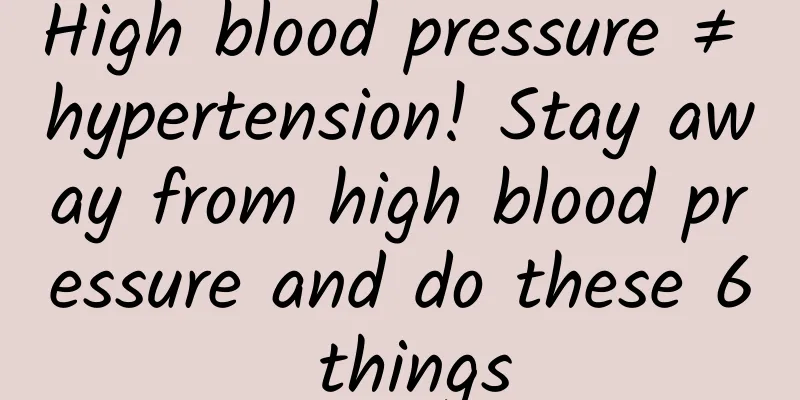What are the safe periods?

|
When women use contraception, they will choose different methods. The most common method of contraception for women is contraceptive pills. When choosing such drugs, they cannot be used for a long time, which will cause great harm to their health. Then women can use contraception according to their own physiological cycle to reduce the harm to themselves. It is difficult for women to get pregnant during the safe period. So when are the safe days? Women are not very clear about the safe period. Everyone's situation is different, so the calculation should be based on their own situation. This way, they know which days are their safe period and what to do. What are the safe periods? If you have sex during the absolutely safe period, it is almost impossible to get pregnant, unless there are extremely special circumstances where there are 2 or more ovulations in one cycle; if you have sex during the relatively safe period, the chance of contraceptive failure is greater. Many people think that safe period contraception will not affect sexual pleasure and is very convenient, so many young women are keen to use this contraception, and many women who have just given birth also rely on calculating the safe period to prevent pregnancy. From a theoretical point of view, based on the female ovulation period and the survival time of sperm and eggs in the female reproductive tract, calculating the period of infertility and having sex can indeed achieve the purpose of contraception. Generally speaking, except for the ovulation period, the rest of the menstrual cycle is called the safe period. However, women's ovulation will be affected by many factors such as the external environment, climate, personal emotions, and health status, and may be advanced or delayed by a few days. Therefore, the safe period is divided into absolute period and relative period. Assuming a menstrual cycle (from the first day of menstruation to the first day of the next menstruation) is 28 days, ovulation occurs around the 14th day. The 3-5 days before and after ovulation are the fertile period, which is a dangerous period for contraception. Days 1-7 and the last 4-5 days of the cycle are when ovulation has not occurred or the egg has died, which is an absolutely safe period. The remaining days are relatively safe periods, because ovulation may be advanced or postponed a few days due to many factors, so it is called relatively safe. Through the above introduction, it is very clear which days are the safe period. During these days of the safe period, women do not need to use contraception. However, it should be noted that although contraception is not needed, you should also pay attention to protecting yourself, such as adjusting your diet well, which is also very important. |
<<: Medroxyprogesterone to delay menstruation
Recommend
What is the cause of black menstrual blood?
Women often encounter abnormal menstruation in th...
Rhinitis: Learn about causes, symptoms and treatments
Rhinitis is a common nasal disease that has a cer...
What Chinese medicine can be used to treat endocrine disorders? Women must watch
Endocrine disorders refer to a phenomenon in whic...
Buttock pain during early pregnancy
Expectant mothers will always experience various ...
Brown discharge during pregnancy
In today's environment, air pollution is beco...
What causes swollen and itchy vulva?
If a woman's vulva becomes swollen and accomp...
Nielsen: Mobile wallet apps are changing consumer habits
199IT original compilation In an era of continuou...
Tip: The latest hypertension prevention and treatment guidelines have updated 7 key points
After 5 years, the new version of the Guidelines ...
Causes of bloody vaginal discharge during sexual intercourse
In recent years, women's health issues have r...
Can I do an ultrasound when I am one month pregnant?
B-ultrasound examination is an important new item...
Why does the corpus luteum rupture?
When you go to the hospital and find out that you...
What should I do if my vaginal discharge is yellow and has a strong odor?
The situation of yellow leucorrhea with a strong ...
Breast ultrasound blood flow signal
Breast disease is a relatively common phenomenon....
How many emergency contraceptive pills should I take at one time
Under normal circumstances, women take birth cont...
What to do if you have postpartum episiotomy constipation? Treat constipation in time
Almost every woman will experience constipation a...









